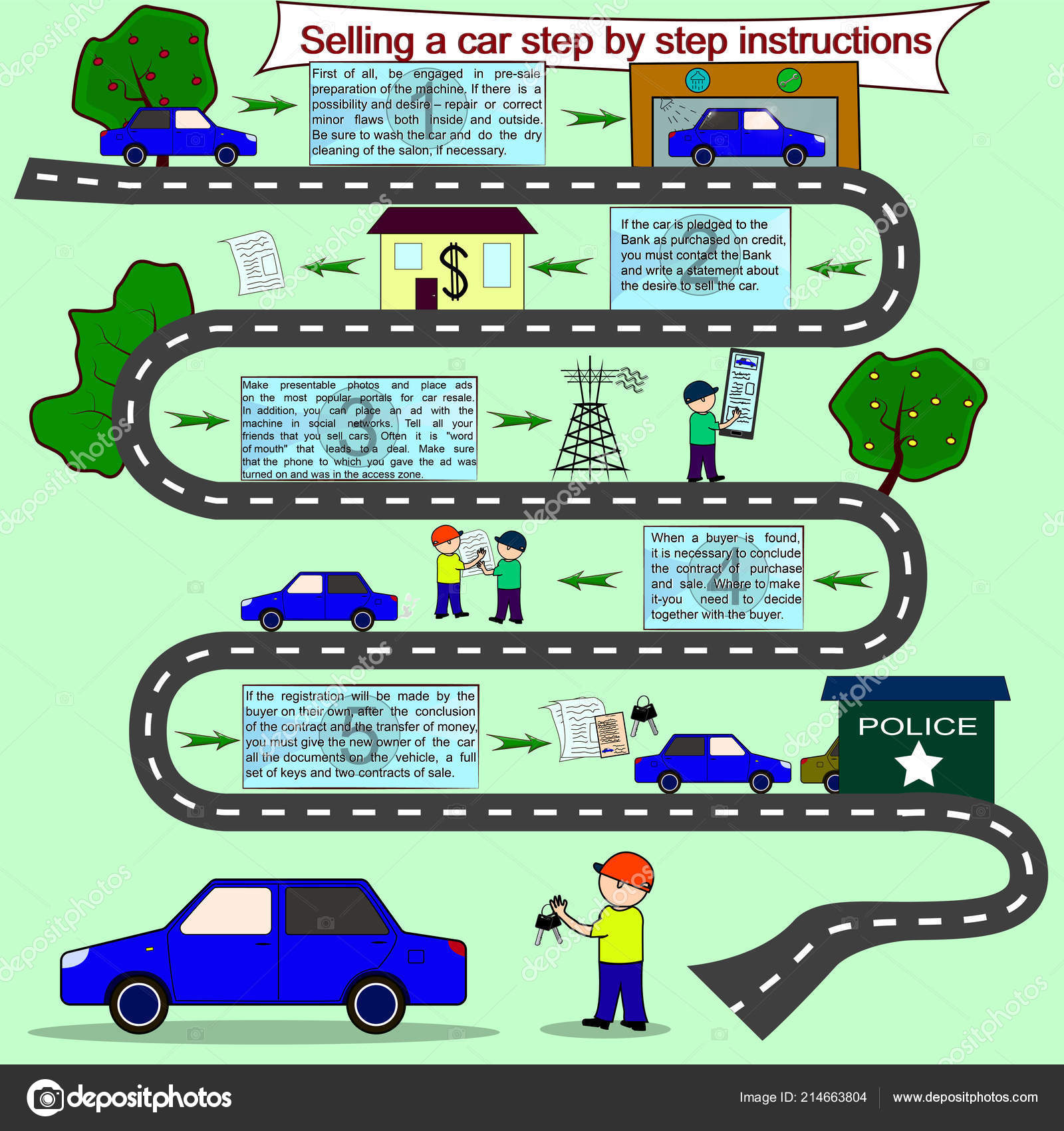Grasping The Importance Of Your Cars And Truck'S Warning Signals: What They In Fact Represent
Grasping The Importance Of Your Cars And Truck'S Warning Signals: What They In Fact Represent
Blog Article
Posted By-Faulkner Forbes
When you lag the wheel, those beautiful warning lights on your control panel can be a little bit difficult. Do you understand what they're attempting to tell you about your cars and truck's health? Recognizing the relevance of these lights is important for your safety and security and the durability of your vehicle. So, the following time one of those lights turns up, would not you want to decipher its message accurately and take the necessary steps to address it?
Common Caution Lighting and Interpretations
Determine common caution lights in your cars and truck and understand their definitions to ensure risk-free driving.
car buff include the check engine light, which signifies concerns with the engine or exhausts system. If this light comes on, it's essential to have your vehicle inspected without delay.
The oil pressure cautioning light suggests low oil stress, needing prompt attention to stop engine damage.
A blinking battery light might suggest a faulty charging system, possibly leaving you stranded otherwise addressed.
The tire stress surveillance system (TPMS) light signals you to reduced tire stress, influencing car stability and gas performance. Neglecting this might lead to hazardous driving problems.
The abdominal muscle light suggests a trouble with the anti-lock stopping system, compromising your capability to quit promptly in emergencies.
Finally, the coolant temperature level cautioning light warns of engine getting too hot, which can cause severe damages otherwise resolved quickly.
Understanding these usual caution lights will help you resolve problems promptly and keep risk-free driving problems.
Value of Prompt Interest
Understanding the usual caution lights in your cars and truck is only the initial step; the significance of without delay attending to these warnings can't be emphasized enough to guarantee your security on the road.
When a caution light illuminates on your dashboard, it's your automobile's means of interacting a possible issue that requires focus. Overlooking these warnings can cause extra serious problems later on, endangering your security and potentially costing you much more out of commission.
Motivate attention to cautioning lights can protect against failures and crashes. For example, a flashing check engine light can suggest a misfire that, if left ignored, can cause damages to the catalytic converter. Resolving this immediately can save you from an expensive repair service.
In a similar way, a brake system warning light might signal low brake liquid or used brake pads, essential parts for your safety and security when driving.
Do It Yourself Troubleshooting Tips
If you observe a warning light on your control panel, there are a few DIY repairing suggestions you can try before looking for professional help.
The very first step is to consult your auto's handbook to understand what the details caution light suggests. In some cases the issue can be as basic as a loose gas cap triggering the check engine light. Tightening up the gas cap might fix the issue.
An additional usual issue is a reduced battery, which can activate various cautioning lights. Checking the battery links for deterioration and ensuring they're safe and secure might deal with the trouble.
If a caution light lingers, you can attempt resetting it by separating the car's battery for a few minutes and afterwards reconnecting it. In addition, examining your automobile's fluid degrees, such as oil, coolant, and brake fluid, can help troubleshoot advising lights connected to these systems.
https://www.tristatehomepage.com/automotive/spend-less-at-the-pump-with-these-fuel-saving-tips/
In conclusion, recognizing your car's warning lights is crucial for keeping your automobile running efficiently and securely. By without delay attending to these notifies and knowing what they imply, you can prevent costly fixings and potential malfunctions.
Bear in mind to consult your auto's guidebook for certain details on each alerting light and take action accordingly to guarantee a trouble-free driving experience.
Remain informed, remain risk-free when driving!
